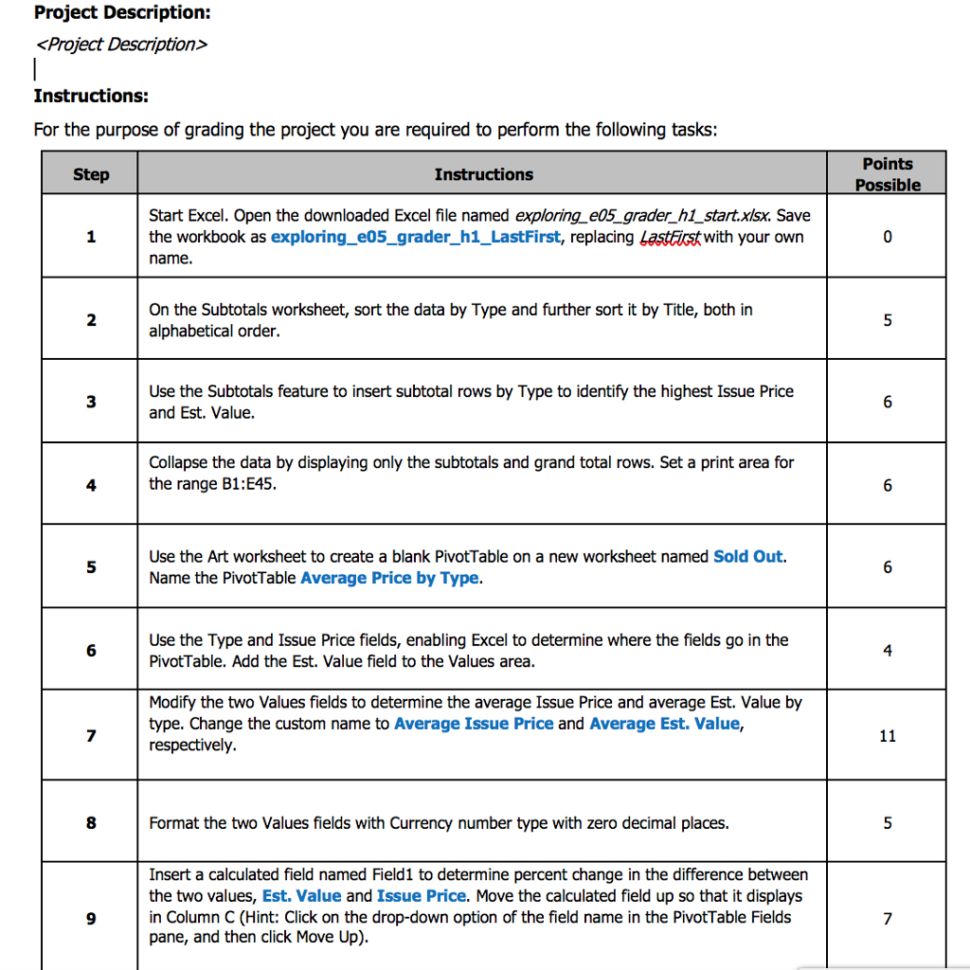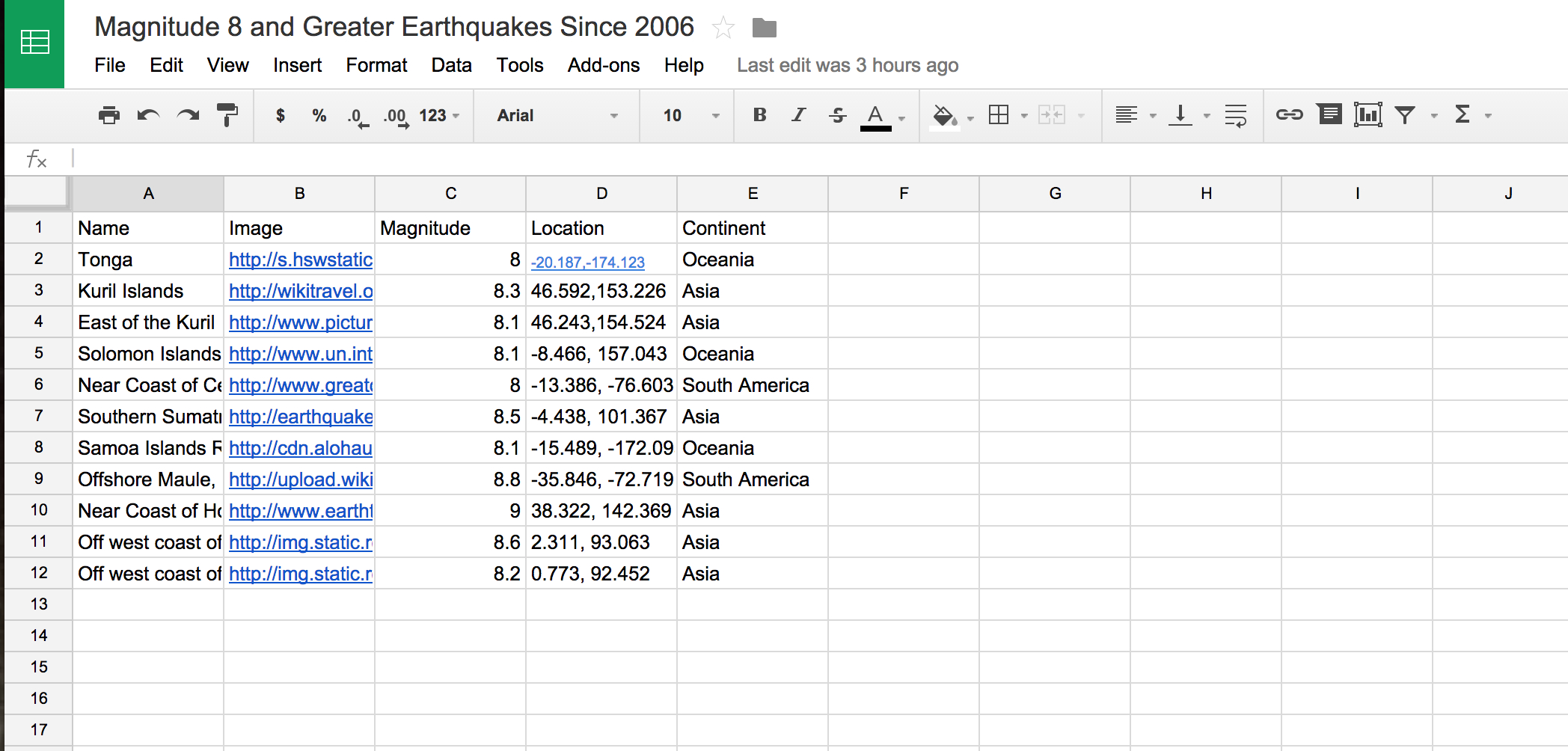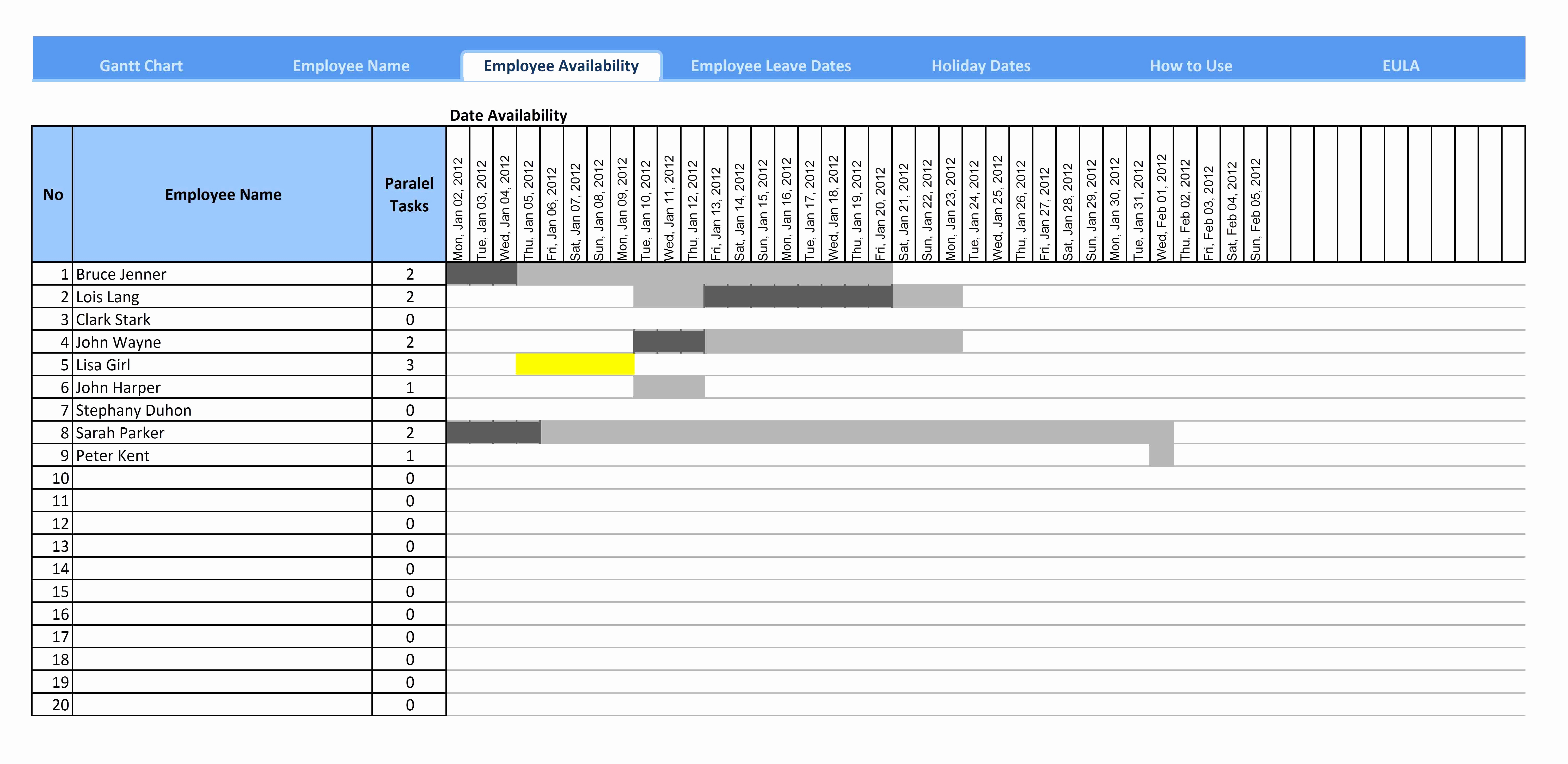Ever stumbled upon a strange link like https://docs.google.com/spreadsheets/__pii_deleted__ and wondered what it means? You're not alone. This mysterious URL has sparked curiosity among tech enthusiasts, casual users, and privacy advocates alike. Let's dive into the world of Google Sheets links, uncovering their secrets and exploring how they work.
In today's digital age, Google Sheets has become an essential tool for collaboration and data management. But what happens when you encounter a link that looks a little... off? That's where things get interesting. Understanding these links is crucial for anyone who uses Google services regularly. So buckle up, because we're about to break it all down for you.
Before we jump into the nitty-gritty details, let's address the elephant in the room. The infamous "__pii_deleted__" in your Google Sheets link might sound alarming, but it's actually more common than you think. In this article, we'll explore the ins and outs of these links, their purpose, and how to handle them safely. Whether you're a tech newbie or a seasoned pro, there's something here for everyone.
Read also:Amateur Nip Slip The Unseen Side Of Wardrobe Malfunctions And How It Affects Everyday People
What Exactly is https://docs.google.com/spreadsheets/__pii_deleted__?
Alright, let's start with the basics. The URL https://docs.google.com/spreadsheets/__pii_deleted__ is essentially a placeholder used by Google when certain personal information is removed from a document. The "__pii_deleted__" part stands for "Personally Identifiable Information Deleted," which means Google has scrubbed sensitive data to protect user privacy.
Key takeaway: This link isn't malicious or harmful—it's just a safety measure to ensure your data stays secure.
Why Do These Links Appear?
So, why does Google use this placeholder? There are a few reasons:
- Data Protection: Google prioritizes user privacy, so they automatically remove sensitive information from shared documents.
- Collaboration Security: When multiple people are working on the same spreadsheet, this feature ensures no one accidentally shares private details.
- Compliance with Regulations: By stripping out PII, Google complies with global data protection laws like GDPR.
It's all about keeping your info safe while allowing seamless collaboration. Makes sense, right?
How Does Google Define PII?
Personally Identifiable Information (PII) includes anything that can be used to identify an individual, such as:
- Full name
- Address
- Phone number
- Social Security number
- Email address
When Google detects any of these in a shared document, it replaces them with the "__pii_deleted__" placeholder. Pretty cool, huh?
Read also:Gia Dudyleaks The Untold Story Behind The Viral Sensation
Is This Link Safe to Open?
This is probably the question on everyone's mind. The short answer? Yes, it's safe. Google takes numerous precautions to ensure their links are secure. However, always double-check the URL before clicking—it should start with "https://docs.google.com/spreadsheets/" and nothing else.
If you're still unsure, here's a quick checklist:
- Verify the sender—if the link came from someone you trust, it's likely legit.
- Look for phishing red flags, such as typos or unusual requests for personal info.
- Use a trusted browser with built-in security features.
By following these simple steps, you can open the link confidently.
Understanding Google Sheets URLs
Let's break down the structure of a typical Google Sheets URL:
https://docs.google.com/spreadsheets/d/[spreadsheet_id]/edit#gid=[sheet_id]
- https://docs.google.com/spreadsheets/: This is the base URL for all Google Sheets documents.
- [spreadsheet_id]: A unique identifier for each document.
- [sheet_id]: Identifies a specific sheet within the document.
When you see "__pii_deleted__" in the URL, it simply means some PII was removed. No big deal!
What Happens If You Click the Link?
Clicking the link will either take you to the original document (if you have access) or prompt you to request access. If the document contains deleted PII, you won't be able to view those details—just the sanitized version.
How to Handle PII in Google Sheets
Managing sensitive data in Google Sheets is easier than you think. Here are some best practices:
- Use Data Cleaning Tools: Google Sheets offers built-in functions to anonymize data.
- Limit Sharing Permissions: Only share documents with trusted collaborators.
- Encrypt Sensitive Files: For extra security, encrypt your spreadsheets before uploading them to Google Drive.
These steps help ensure your data stays protected while still being accessible to those who need it.
Can You Restore Deleted PII?
Unfortunately, once PII is deleted, it's gone for good—at least through the standard interface. However, you can try restoring previous versions of the document using Google Drive's version history feature. Just go to File > Version History > See Version History to explore earlier drafts.
Common Misconceptions About "__pii_deleted__"
There are a few myths floating around about this placeholder. Let's clear them up:
- It's Not a Virus: Contrary to popular belief, "__pii_deleted__" isn't a sign of malware or hacking.
- It's Not Permanent: While the placeholder remains in the URL, the actual data may still exist in the document's history.
- It's Not Just for Spreadsheets: Google uses similar placeholders in other apps, like Docs and Slides.
Now that we've debunked these myths, you can breathe a little easier.
Security Tips for Using Google Sheets
While Google does a great job securing your data, there are additional steps you can take:
- Enable Two-Factor Authentication (2FA): Add an extra layer of protection to your Google account.
- Regularly Review Permissions: Check which apps and people have access to your documents.
- Use Strong Passwords: Avoid using easily guessable passwords for your Google account.
These tips help keep your data safe from prying eyes.
What to Do If You Suspect a Breach
If you think someone accessed your Google Sheets without permission, act fast:
- Change your Google password immediately.
- Review recent activity in your Google account settings.
- Report the issue to Google support.
Time is of the essence when it comes to cybersecurity.
How Google Protects Your Data
Google invests heavily in data security, employing cutting-edge technologies to safeguard user information. Some of their key measures include:
- End-to-end encryption for data in transit and at rest.
- Regular security audits and updates.
- Machine learning algorithms to detect and prevent malicious activity.
With these safeguards in place, you can trust that your data is in good hands.
Conclusion: Embrace the Power of Google Sheets Safely
In conclusion, https://docs.google.com/spreadsheets/__pii_deleted__ isn't something to fear—it's a testament to Google's commitment to user privacy. By understanding how these links work and following best practices for data security, you can make the most of Google Sheets without compromising your safety.
So, what's next? Share this article with your friends and colleagues to spread the knowledge. And don't forget to leave a comment below if you have any questions or insights of your own. Together, we can unlock the full potential of Google Sheets while staying secure!
Table of Contents
- What Exactly is https://docs.google.com/spreadsheets/__pii_deleted__?
- Why Do These Links Appear?
- Is This Link Safe to Open?
- Understanding Google Sheets URLs
- How to Handle PII in Google Sheets
- Common Misconceptions About "__pii_deleted__"
- Security Tips for Using Google Sheets
- How Google Protects Your Data
- Conclusion


